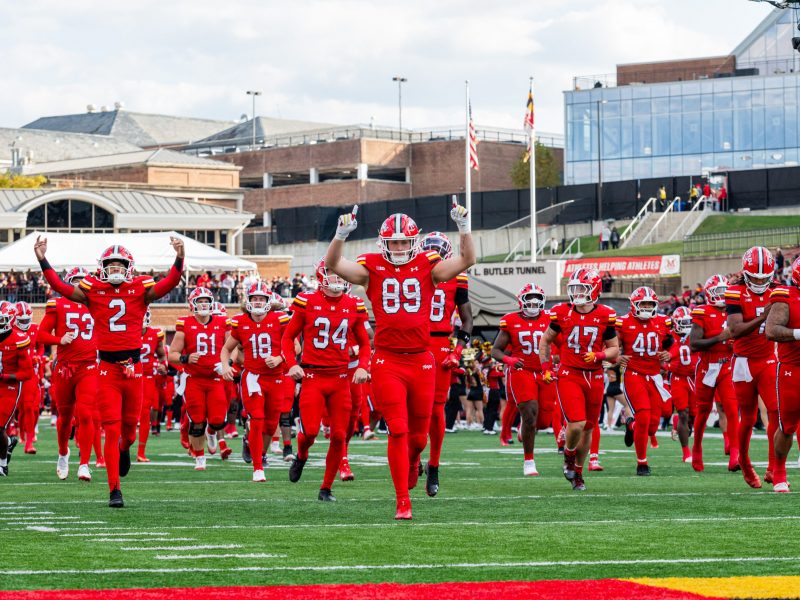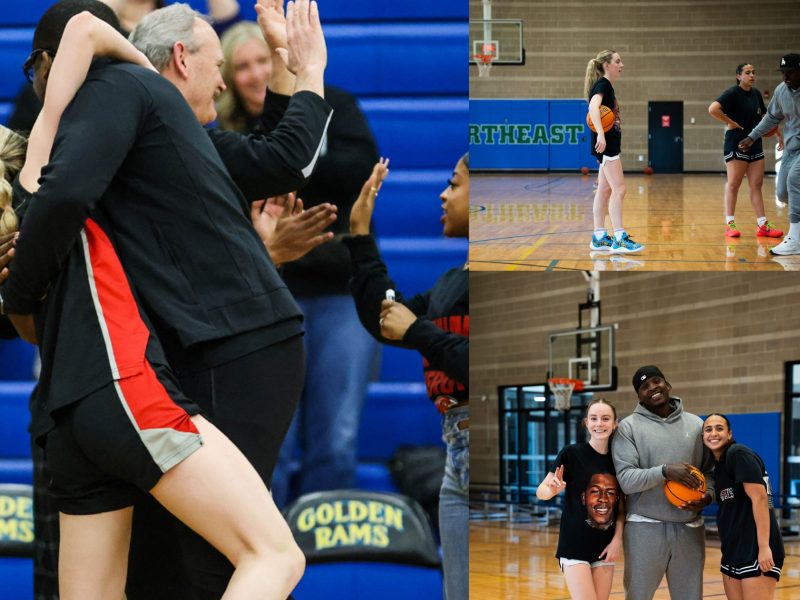Over the past few years, electronic dance music has surged in popularity, bringing the sounds and sights of the underground rave scene into the mainstream. For many people, including myself, this is an exciting development because there are constantly more and more opportunities to see good DJs, meet new people and dance like there’s no tomorrow. It can be overwhelming, though, when suddenly every event is either packed or sold out after years of being under the radar. Either way, this new wave of popularity has brought with it a new generation of party kids looking for fun and eager to adopt the styles and traditions of their predecessors.
For those of you unfamiliar with rave subculture, some typical practices include giving people lightshows with LED gloves, wearing fuzzy legwarmers and cyberlox hair falls, spinning poi and exchanging bead bracelets called kandi.
However, what really distinguishes ravers from other party people is their philosophy of PLUR: Peace, Love, Unity and Respect. The term was officially coined two decades ago when legendary DJ Frankie Bones called for some “peace, love and unity” after violence erupted at a party. Ravers were quick to adopt the motto as it captured the core of their preexisting beliefs. Like the hippie generation before them, these “glowstick children” valued harmony and goodwill, and added onto this the idea that “we are all one” coming together for the night of music and sharing in the human condition — as well as the principle that they should respect themselves, other party goers and their environment. PLUR became (and still is) a way of life for ravers. As a result, they tend to be friendlier, more compassionate and more in control of themselves than the typical bar-hopper or house party attendee.
I can vouch for this attitude paradigm with some examples from personal experience. I’m pretty short, and when I go out to the bars or to a typical College Park party, there’s always someone who makes a rude comment about my height or says something stupid like, “Whoa, you’re really short!” (as if I didn’t know). When I’m at a rave, however, people still notice my height, but instead of jeering or making obnoxious comments, they tell me I’m “adorable” and often even ask to give me a hug. Another example of this difference is how eager ravers are to help one another out if someone gets hurt, loses their belongings or has had a little too much. Everyone is glad to share their water, their gum, their accessories — it’s as if the goal of a raver is not just to dance and have a good time, but to make sure everyone else is enjoying their night, too.
In comparison to most of the sloppy, inebriated partiers in College Park, rave-goers are a breath of friendly fresh air. In addition to adding a unique and welcoming vibe to parties, electronic music and its culture has the potential to revitalize the College Park nightlife scene, as demonstrated by the popularity of recent local events such as “CP Dub” nights at The Barking Dog and student group-hosted dance parties. I’m glad such social and entertainment options are available so close to the campus and hope the music and atmosphere of this fascinating underground movement becomes standard in College Park, as it has in cities across the country. It is my wish that as EDM continues to grow in popularity, the raver lifestyle will influence the behavior of other party kids, so that people from every group and style can join and dance together in peace, love, unity and respect.
Lauren Mendelsohn is a junior psychology major. She can be reached at mendelsohn@umdbk.com.


